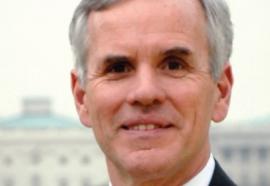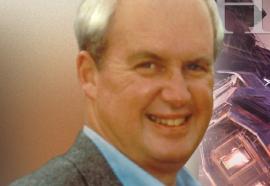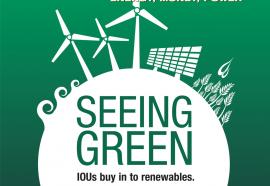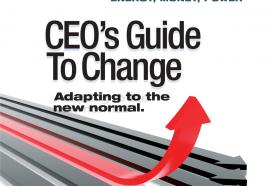PV's Promise
Chris O’Brien is no starry-eyed idealist. An engineer with an MBA, he began his career developing fossil-fired power plants for the AES Corp. But in the 1990s his career took a different turn, when he launched the Energy Star program for the U.S. Environmental Protection Agency. After that, he went into the solar energy business, and never has looked back.





